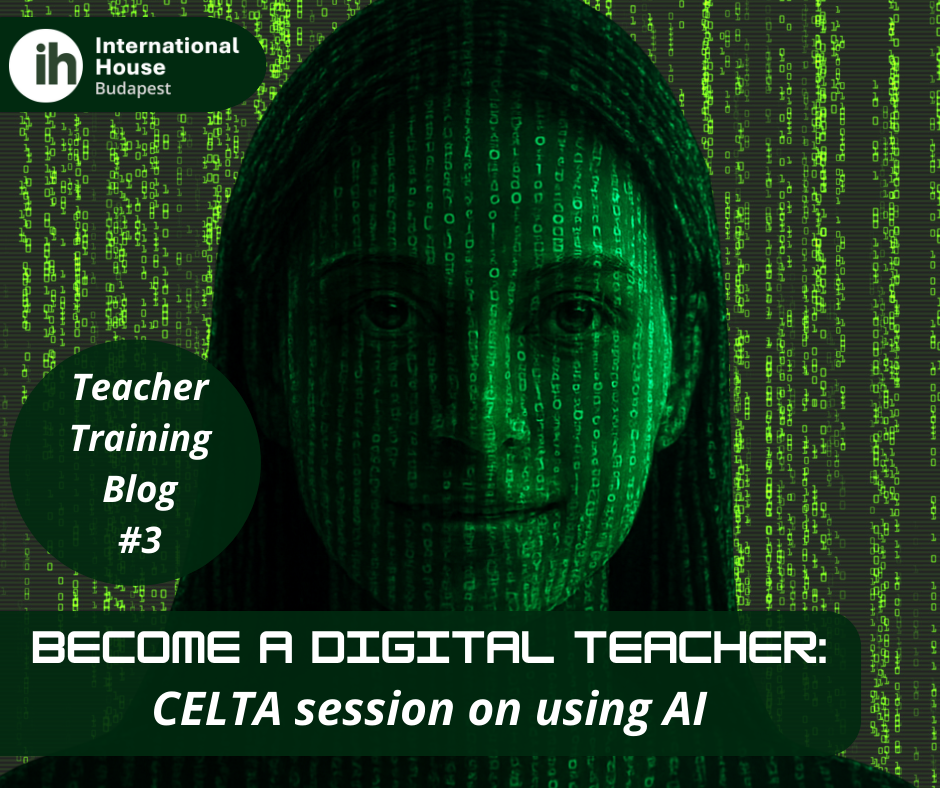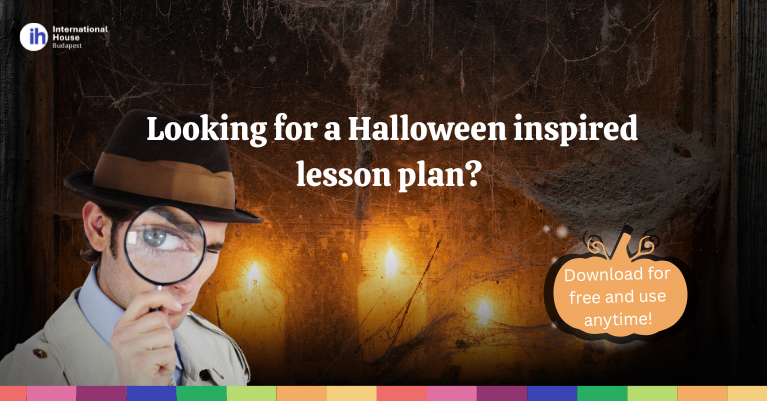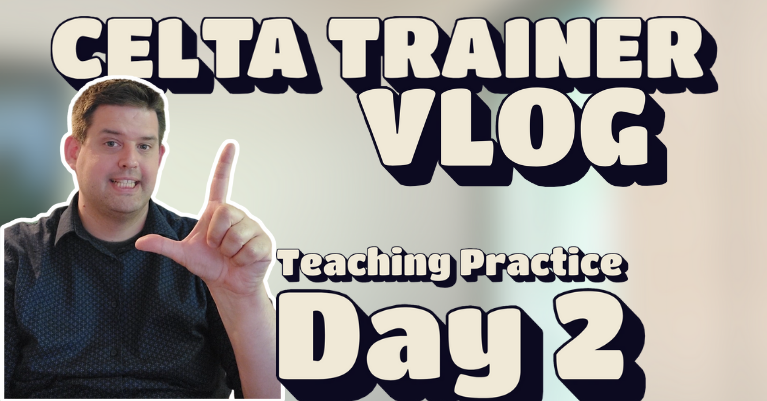(cover picture was AI generated by ChatGPT-5): turn the image of the teacher into a digital persona written in the code style of the movie Matrix. Make it realistic)
Like educators everywhere, the teacher trainers at IH Budapest have been thinking about how we can use AI to enhance our instruction and what we think our CELTA candidates need to know about how they use AI in the classroom. We recently ran an input session for some of our candidates and used it to share experiences and think about best practice for future teaching and training.
An AI session on a CELTA course?
During the session, one of the candidates said, “AI really is everywhere, here we are talking about it on a CELTA course!” Not everyone has experimented with AI-generated gap-fills or B2 reading texts about holidaying in Greece, but more and more candidates and experienced teachers are turning to different platforms to create classroom materials. As teacher trainers, we agreed an input session would be helpful to gauge what candidates know about these tools, and collaborate to establish some best-practice tips for the CELTA candidate.
How we ran the session
Adapting materials and procedures created by the IH Budapest Director of Studies, we used a task-based approach to the session.
First, we discussed the use of AI in EFL and what experience candidates had of generating materials using AI. Some candidates hadn’t used AI at all while others had a favorite platform; they used to generate ideas for almost every lesson. We then thought about how AI could be used to improve different language skills such as reading, vocabulary or grammar. There was a lot of peer-teaching here and a mix of more and less experienced teachers made this an interesting discussion.
Then candidates reviewed material (images and text) that had been generated by different AI tools for different stages of a 45-minute CELTA lesson, e.g. images for a lead-in and vocabulary Test 1 and a text for a text-based grammar presentation. While it was easy for candidates to point out flaws (“It’s always easy to criticize something that exists, instead of thinking of something new,” said one candidate), candidates were also encouraged to find ideas or items they liked.
Then candidates were pointed to some possible platforms (e.g. ChatGPT, Freepik AI image generator) to improve the material based on the pros and cons they’d already identified. This was a real eye-opener. In some cases, candidates found a prompt that updated the material sufficiently and approved of the result. In other cases, they struggled to address the issues with the material and felt they were spending more time trying to manipulate the material than it would have been to write the sentences themselves, use the textbook, or use a text from a news outlet.
Based on these tasks, everyone worked together to generate a list of best practices for the use of AI in the classroom. Top of the list was “Always review and adapt as needed”; it might not save time to use AI to create materials; avoid making texts too easy or “vanilla” for students’ level; ensure images are specific but natural.
What we found out
Even candidates who said they used AI often in their lesson preparation felt the materials that had been generated by AI weren’t very interesting or engaging and were quick to identify potential pitfalls, such as unnatural phrasing or lack of engaging detail. However, on reflection candidates felt the materials that were generated were a good place to start to brainstorm ideas, but the teacher needs to use their professional judgement to edit and adapt what is generated.
Tips for running a session on AI
At the beginning of the session, candidates repeated the axiom “AI is bad” but it was clear they could see the value in manipulating AI to go beyond the textbook. Creating material is part of the Cambridge criteria but as more teachers teach outside of accredited language schools and without access to a textbook, being able to generate materials is an increasingly important professional skill.
In a single session, it was harder for candidates to observe a cultural bias as a pitfall of the use of AI. We also focused on the use of AI to generate teaching materials but as candidates also use AI in their lesson planning and language analysis on the course, this would be useful to discuss in more detail.
The session would run most logically before the assignment focusing on the creation of material in the later stage of the course as even the inexperienced teachers have had some practice preparing lessons.
Reflections from the trainees and the trainer
Even the candidates with no experience of teaching found the session highly engaging and were interested in testing out the tools. More experienced candidates refined their ability to think critically about materials for the classroom and generated helpful tips about preparing lessons using AI.
As the trainer, I confess I found myself less au fait than some candidates on the use of all the different AI-generating platforms, and I couldn’t always find serious fault with the materials that were created. On the other hand, identifying where students might go wrong and fixes that would address the problems (instead of generating a new prompt) was where my expertise lay.
There is a lot of conservatism about the use of AI in teaching but it’s clear even in teacher training that AI is a tool very much in use. It’s also clear that to use it effectively, the skills teachers have always needed – understanding the needs of their students and the resources that best meet those needs – haven’t changed.
———–
This blog article was contributed by Sarah Graham Juhasz, one of our CELTA trainers. Sarah holds a BA in International Relations from the US, a Master’s degree in Education and International Development from the UK, and holds the Cambridge CELTA and DELTA qualifications from the Czech Republic. She has lived and worked in multiple countries and continents (Czech Republic, Vietnam, Sri Lanka, Latvia, Tanzania, USA, UK, Hungary) as a teacher, trainer, examiner, education consultant, and training coordinator in the field of NGOs.




